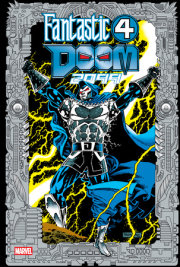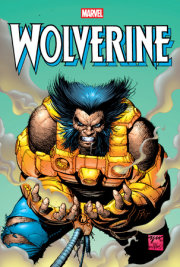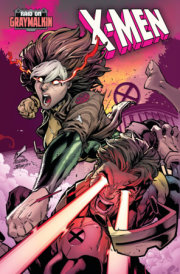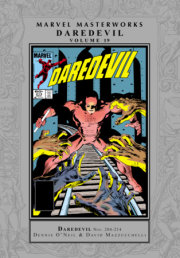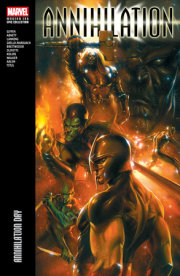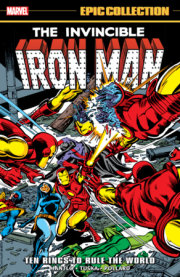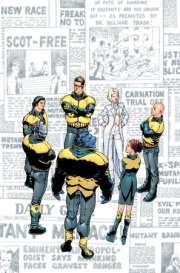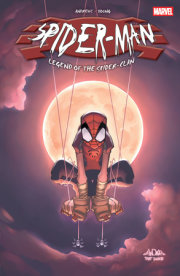Steve Englehart’s history-making contributions to the Marvel Universe began with the Beast’s solo feature in Amazing Adventures, in which the eloquent X-Man first assumed furry form. As Avengers writer, he masterminded such major events as “The Avengers/Defenders War” (in both teams’ titles) and “The Celestial Madonna Saga.” In Captain America, he identified and solved the “mystery” of the 1950s Captain America (later revived by Ed Brubaker), and gave the true Cap the alternate identity of Nomad. Englehart’s Dr. Strange storyline in Marvel Premiere established the character as Sorcerer Supreme and covered the creation of the universe itself. At DC, he helped revamp Batman, Green Lantern, Superman and other major heroes for the 1970s. Back at Marvel, he wrote the first few years of West Coast Avengers and Silver Surfer. His published novels include Countdown to Flight, Hellstorm (part of the TALON Force series), Majorca, The Point Man and, with wife Terry Beach, books in the DNAgers young-adult series. Englehart has also written TV episodes and designed video games.
An award-winning writer since 1973, Marv Wolfman succeeded mentor Roy Thomas as Marvel’s editor in chief. Well-remembered for his Tomb of Dracula scripts, he also enjoyed runs on Dr. Strange, Fantastic Four and Nova, among other titles. New Teen Titans, his 1980s collaboration with George Pérez, became DC Comics’ biggest hit in years. Wolfman and Pérez literally rewrote DC history with Crisis on Infinite Earths. He subsequently penned episodes for such animated TV series as G.I. Joe, Transformers and others.
The work of Gardner F. Fox (d. 1986) spans not only multiple comic-book genres – including Western, humor and romance – but extends into prose science fiction; in the heyday of SF pulp magazines, his short stories appeared in Amazing Stories, Marvel Science Stories and Weird Tales, to name a few. In addition to his Marvel stories in Dr. Strange, Red Wolf and other titles, he is best remembered for his remarkable work at DC Comics, where he created such Golden Age greats as the Flash (Jay Garrick), Hawkman, and the Justice Society of America, the industry's first super-team. A decade later, during Julius Schwartz's revolutionary 1950s revamp at DC, he revitalized the Atom and Hawkman for the Silver Age, formed the Justice League of America, expanded the arsenal of Batman and created the Multiverse concept that underlied DC's universes for decades. A winner of multiple Alley Awards and the Bill Finger Award for Excellence in Comic Book Writing, Fox – under his own name and several pseudonyms –wrote more than 100 novels in multiple action genres – including The Arsenal of Miracles, The Druid Stones, Kothar of the Magic Sword, Warrior of Llarn and others, many of which command high prices today as collectors' items.
His earliest work was in the horror genre, and quickly Frank Brunner was in the forefront of a new generation of artists during the early 1970s. After cutting his teeth on black-and-white horror comics for other publishers, he came to Marvel Comics and gained notice for his fresh approach to magic in Doctor Strange. His range saw him contribute to Chamber of Chills, Haunt of Horror and Unknown Worlds of Science Fiction in addition to the lengthy adaptation of “The Scarlet Citadel” in Savage Sword of Conan.
The unique, shadowy style of Gene Colan (1926-2011) most memorably appeared in long stints on Captain America and Daredevil, and all 70 issues of Tomb of Dracula — among the dozens of other Marvel titles he has drawn. His DC work on Detective Comics and Night Force is equally well remembered. During the Golden Age, he drew multiple war stories for Marvel and DC alike. Colan has earned several Eagle Awards and had professional art showings in New York City. His work on Ed Brubaker’s Captain America at the age of 82 drew well-deserved raves.
Artist P. Craig Russell began his career in comics in 1972, and is well-known for his work on the Killraven feature in Amazing Adventures for Marvel and the anthology Night Music for Eclipse. Russell continued to make a name for himself on the graphic novel Dr. Strange and Dr. Doom: Triumph and Torment. He has won and been nominated for numerous Eisner Awards including Best Pencils/Inks, Best Short Story, Best Publication for Teens, Best Limited Series and Best Comics-Related Book in 2008 for his retrospective The Art of P. Craig Russell. He has adapted stories for Neil Gaiman and Robert E. Howard.

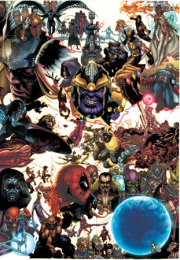
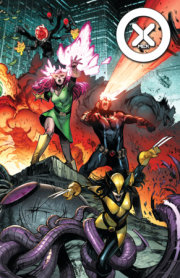
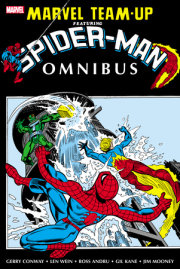

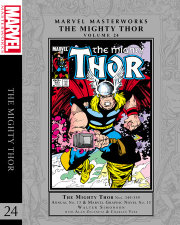
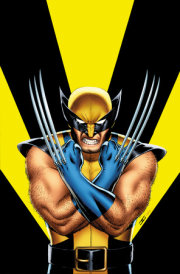

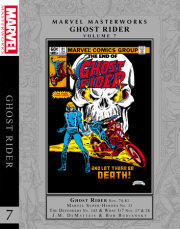
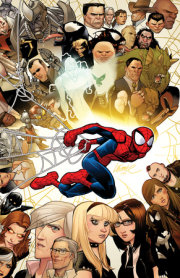
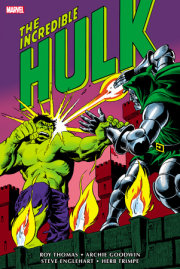
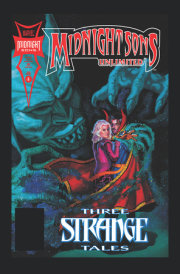
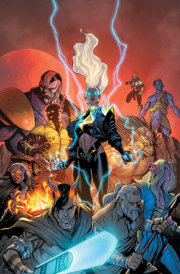
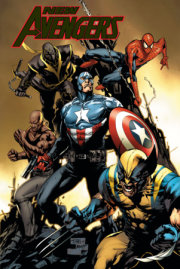

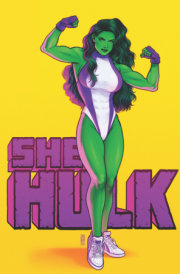

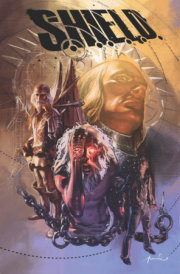

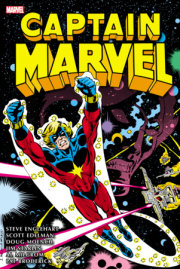
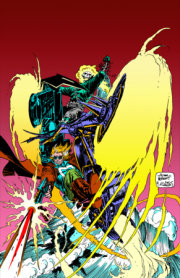

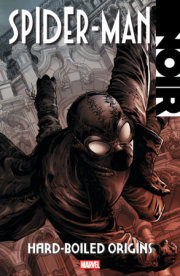
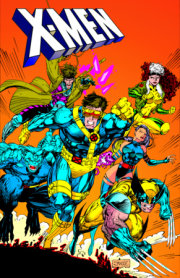
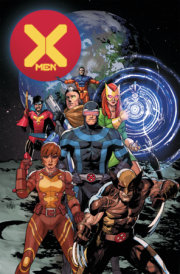
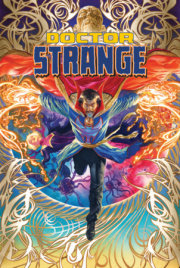
![Tomb Of Dracula Omnibus Vol. 1 Neal Adams Cover [New Printing 2]](https://images.penguinrandomhouse.com/cover/9781302965037?width=180)
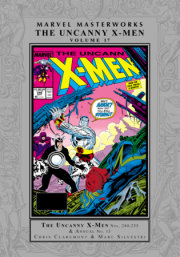
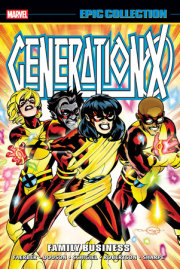
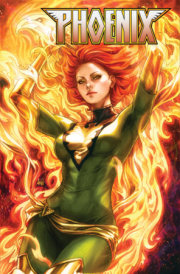
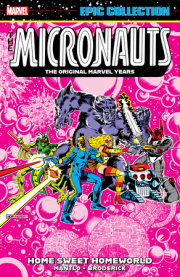
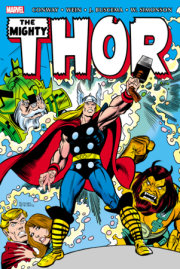
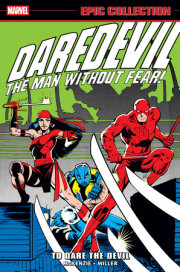
![Iron Man: Demon In A Bottle [New Printing 2]](https://images.penguinrandomhouse.com/cover/9781302961817?width=180)
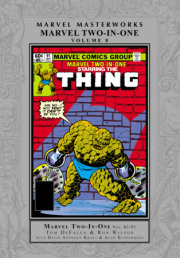
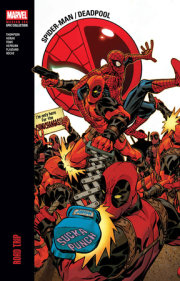

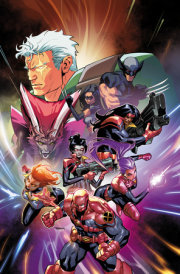
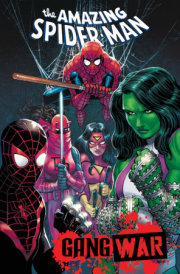
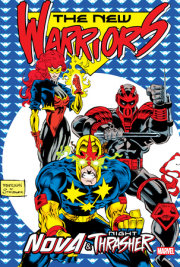
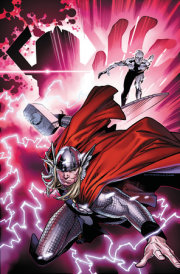
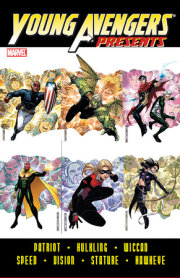
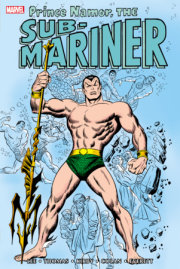
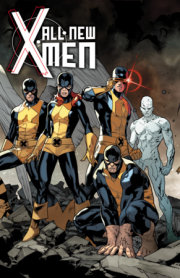
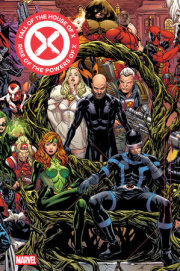
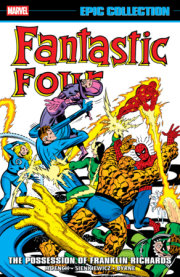
![Original Sin [New Printing]](https://images.penguinrandomhouse.com/cover/9781302966249?width=180)
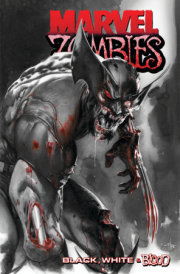
![X-Factor By Peter David Omnibus Vol. 1 Larry Stroman Cover [New Printing]](https://images.penguinrandomhouse.com/cover/9781302963705?width=180)
![Avengers West Coast Epic Collection: Vision Quest [New Printing]](https://images.penguinrandomhouse.com/cover/9781302963910?width=180)
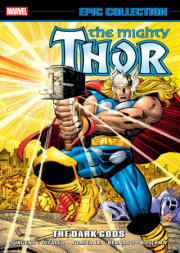
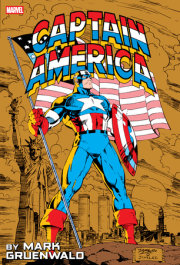
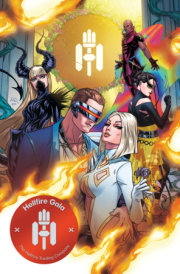
![Wolverine Goes To Hell Omnibus Jae Lee Cover [New Printing]](https://images.penguinrandomhouse.com/cover/9781302961381?width=180)
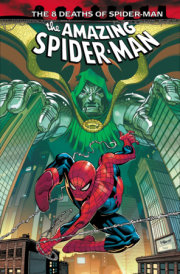
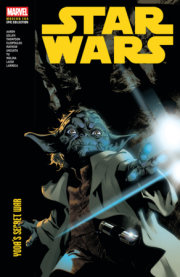
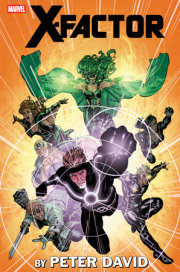
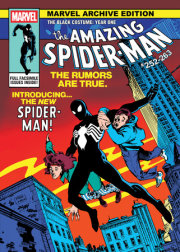


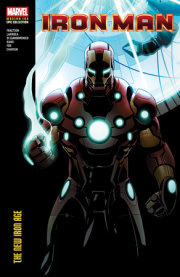
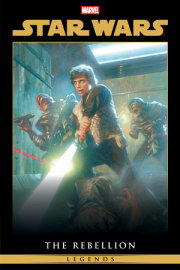
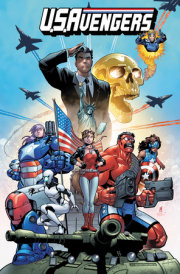
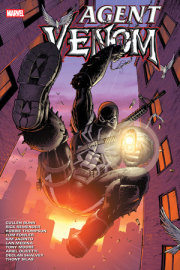

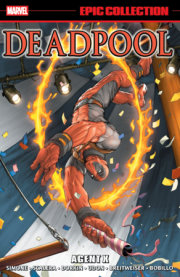
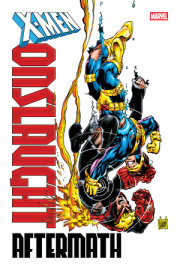
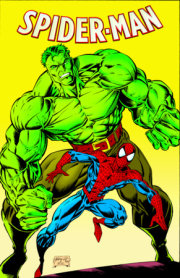
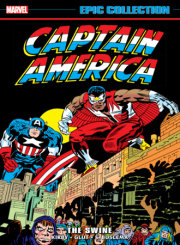
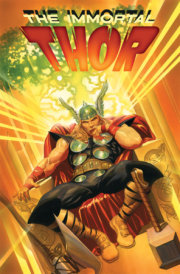
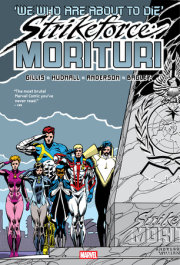
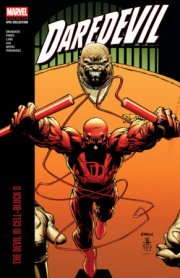
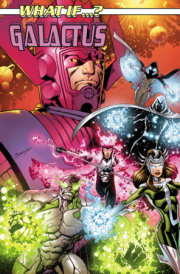

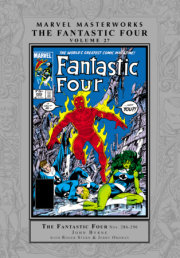
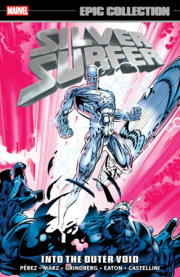
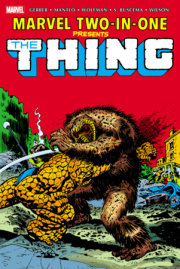
![Marvel Masterworks: The Silver Surfer Vol. 1 [Remasterworks]](https://images.penguinrandomhouse.com/cover/9781302956042?width=180)
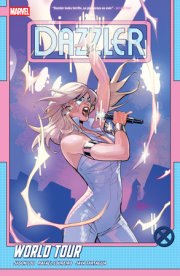
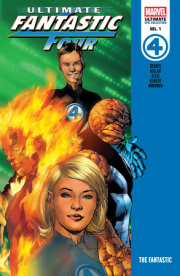
![X-Men: Age Of Apocalypse Vol. 2 - Reign [New Printing]](https://images.penguinrandomhouse.com/cover/9781302963958?width=180)
